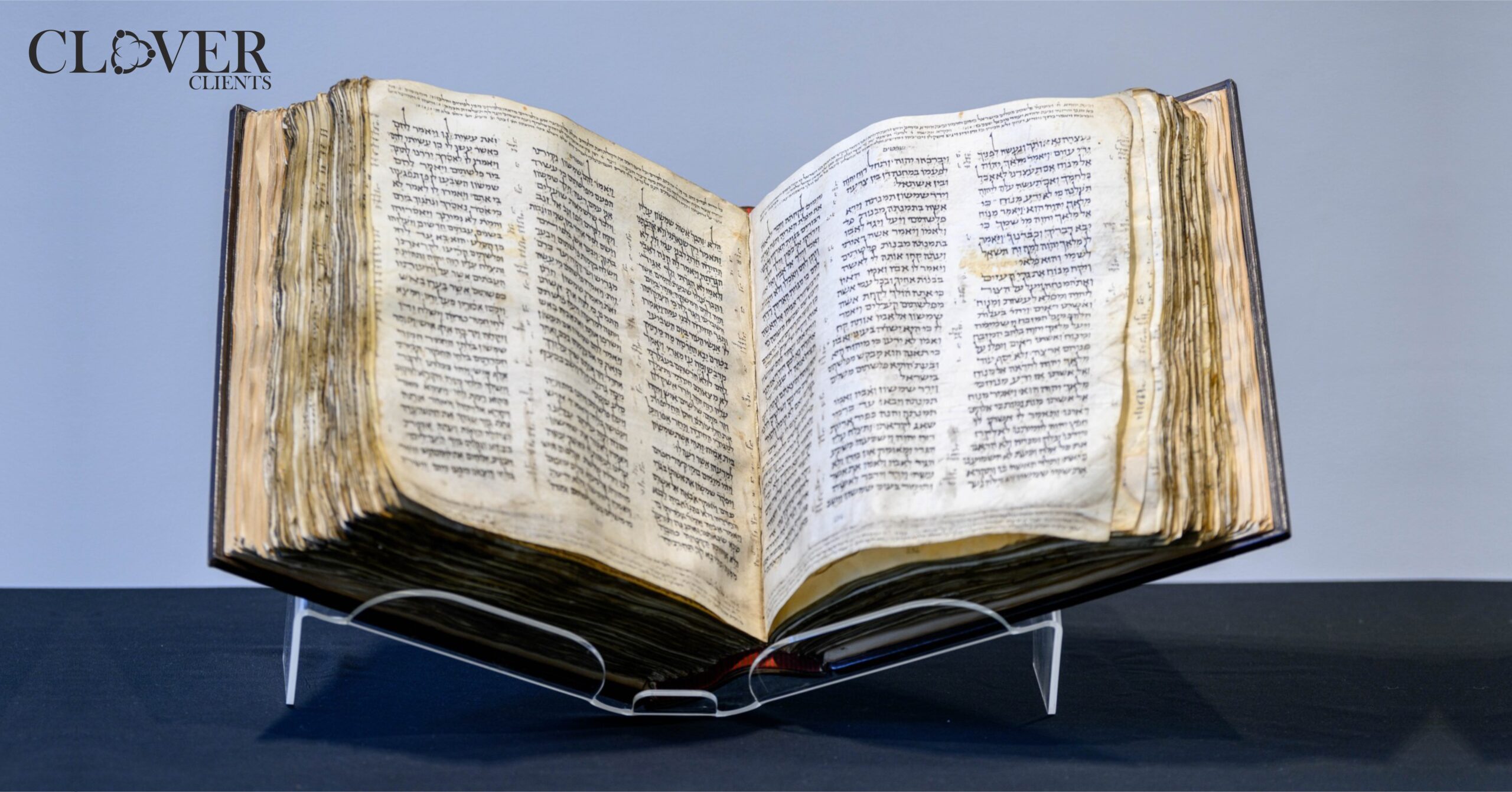A more than 1,000-year-old document known as the Hebrew Bible that has been called “one of the most important and singular texts in human history” will be displayed before being put up for auction.
The Codex Sassoon, said to be the earliest and most complete Hebrew Bible, dates from the late ninth to early tenth century.
It wasn’t until recently that the Codex Sassoon’s present owner- collector Jacqui Safra, had it carbon dated, proving it was older than two other significant early Hebrew Bibles, the Aleppo Codex and the Leningrad Codex, according to Sotheby’s.
About The Codex Sassoon
It is without a doubt one of the most significant and unique documents in human history, according to Richard Austin, head of books and manuscripts for Sotheby’s worldwide, who talked to AFP.
All 24 books of the Hebrew Bible are found in the Codex Sassoon, one of only two codices (manuscripts) to survive to the present day.
The three Abrahamic faiths—Judaism, Christianity, and Islam—are founded on the Hebrew Bible.
It’s Significance
According to Sotheby’s, it is far older than the Leningrad Codex and significantly more comprehensive than the Aleppo Codex, two other well-known early Hebrew Bibles.
The codex bearing the name of famed Judaica collector David Sassoon (1880–1942) has long been known to scholars, but it has mostly stayed hidden from view.
Ancient inscriptions and annotations
- The codex’s historical relevance is not limited to the printed text; it also includes handwritten notes and inscriptions that have been added over time, hinting at the long journey it has travelled.
- A record from the beginning of the 11th century mentions a transaction with Khalaf ben Abraham selling property to Isaac ben Ezekiel al-Attar, who then passed it to his two sons, possibly in Israel or Syria.
- The synagogue of Makisin (modern-day Markada in northeastern Syria) was the next location mentioned in the annotations, which occurred in the 13th century.
According to Sotheby’s, it was probably rebound at this point and inscribed with the lines “consecrated to the Lord God of Israel to the synagogue of Makisin.”
- After Makisin was destroyed, the codex was given to Salama bin Abi al-Fakhr of the neighbourhood, who promised to give it back to the synagogue in the event of regeneration.
According to Mintz, this “astonishing record” is likely to spark intense interest from potential bidders. She continued, “This is the most important document that I have ever had the pleasure of looking over, researching, and holding.”













